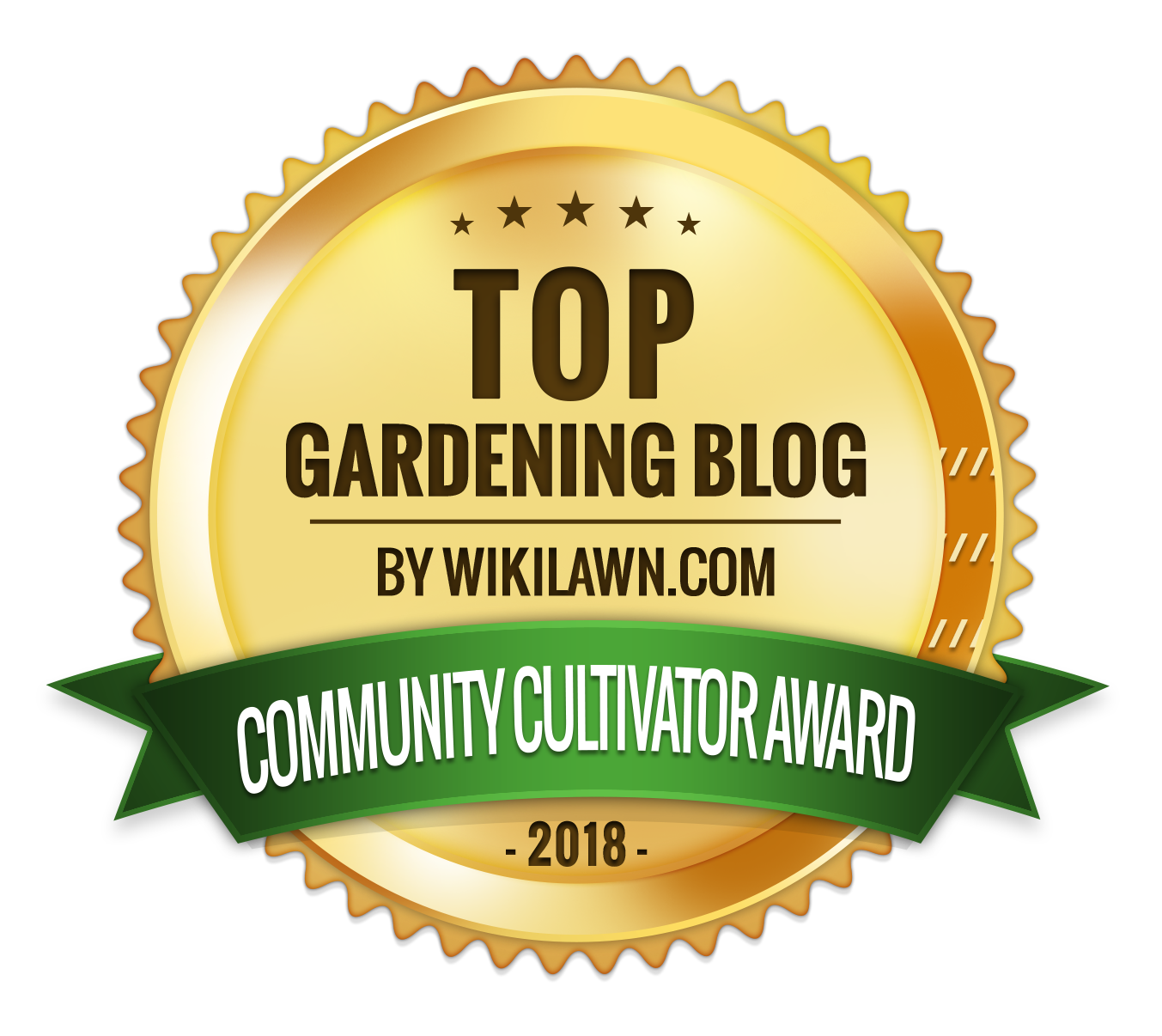I’ve never been much of a chrysanthemum fan.
For
starters, they smell funny. Many of the colors tend to be gaudy. And the
blooms don’t age gracefully.
This
time of year I get annoyed when I see hundreds of them lined up in front of
roadside stands and garden centers. I know what the mum and pumpkin sightings
mean: I am being pushed into fall when I’m not ready to let go of summer.
I
realize that turning up my nose at these harbingers of autumn means I am out of
step with much of the gardening world. After all, garden mums (C. x morifolium)
have been wildly popular for centuries.
So
despite being a chrysanthemum curmudgeon, I wanted to offer some tips that will
enable you to grow these wretched plants to the best of your ability.
Mums
were first cultivated in China, possibly as early as the 15th Century B.C.
Several species of chrysanthemums native to both China and Japan were used in
an extensive hybridizing program that, over time, resulted in the
“domesticated” garden mum.
Mums
found their way to Europe in the seventeenth century where the appealing gold
flowers received an enthusiastic welcome. Today, hybridizing continues
full speed ahead in the hopes of creating new flower forms and plants that can
better tolerate cold. At this time more than 5,000 cultivars have been
named.
Mum care 101
Yoder,
one of America’s leading mum breeders, offers the following tips which apply
regardless of color, flower form or flowering time:
• Water thoroughly, adding 1 to 2
gallons of water to the soil around each plant. When rainfall is scant,
continue to water as needed to prevent wilting. Keep the soil moist as
colder weather approaches.
• Never fertilize the flowering
garden mums you plant in the fall. All the season's growing is finished
by that time. Plants will not need fertilizer until next spring.
• Mother Nature doesn't prune
back plants as winter approaches and you shouldn’t either. Let the brown
foliage stand through the winter. Mulch plants after the ground begins to
freeze - not before - with leaves, straw, peat moss or other organic materials.
As for me, I’ll still be enjoying my roses.
Note: Your vacation in France will continue next posting!
• Prune away old stems and gradually remove mulch in the
spring. Pinch mums back from June through July 15 to encourage bushy growth and
a greater show of fall flowers.
So, there you have it. Everything you need to know to keep
your mums thriving from year to year.
The dry summer in many areas of the country may mean colors
will be more vivid this year. Mums in areas that have had excessive rain and
heat may bloom later than usual.
But if you get lucky with Mother Nature, you should
have loads of blooms that will last well into October.
 |
| Don't want to plant mums? Enjoy them in pots, then discard. |









-
Follow Us on Twitter!
-
"Join Us on Facebook!
-
RSS
Contact